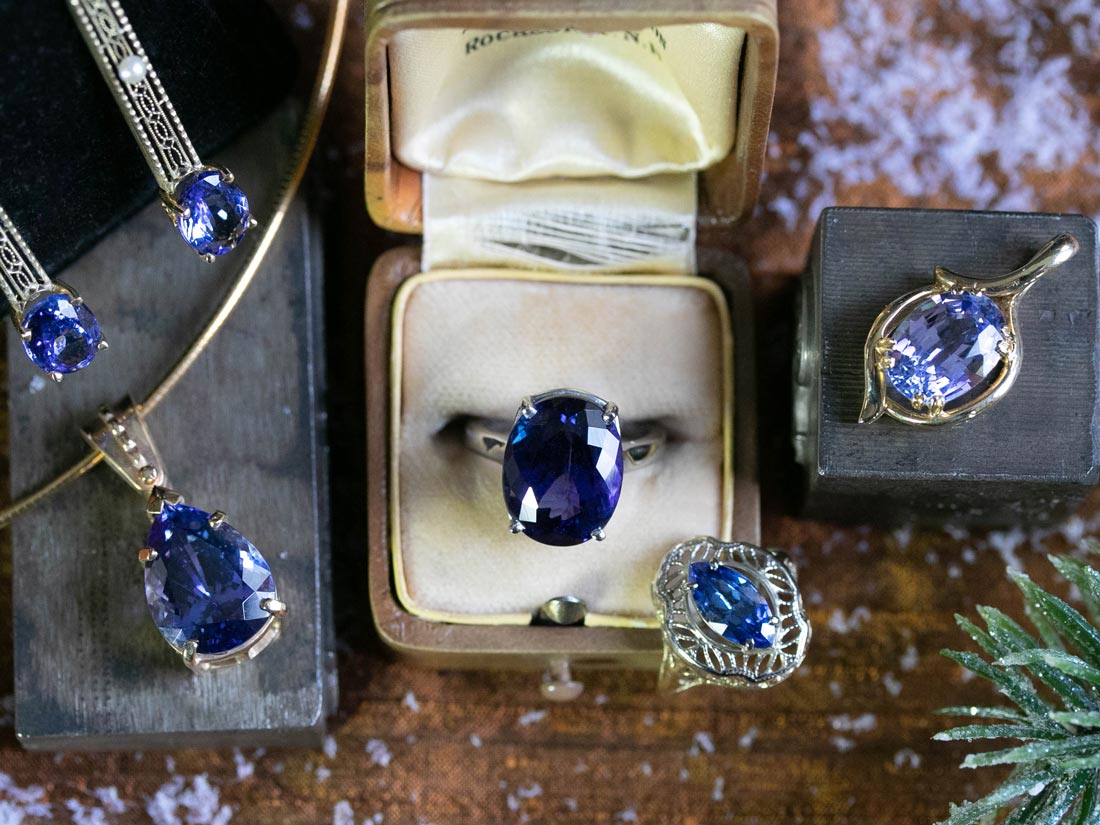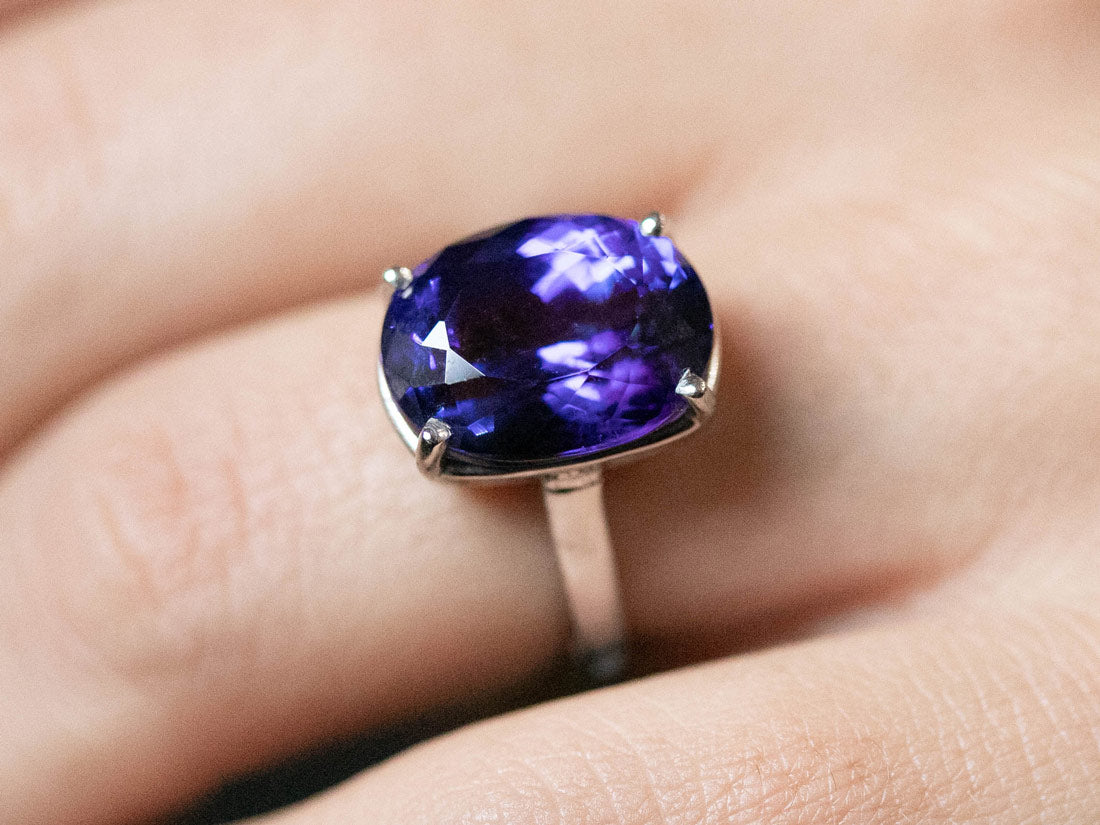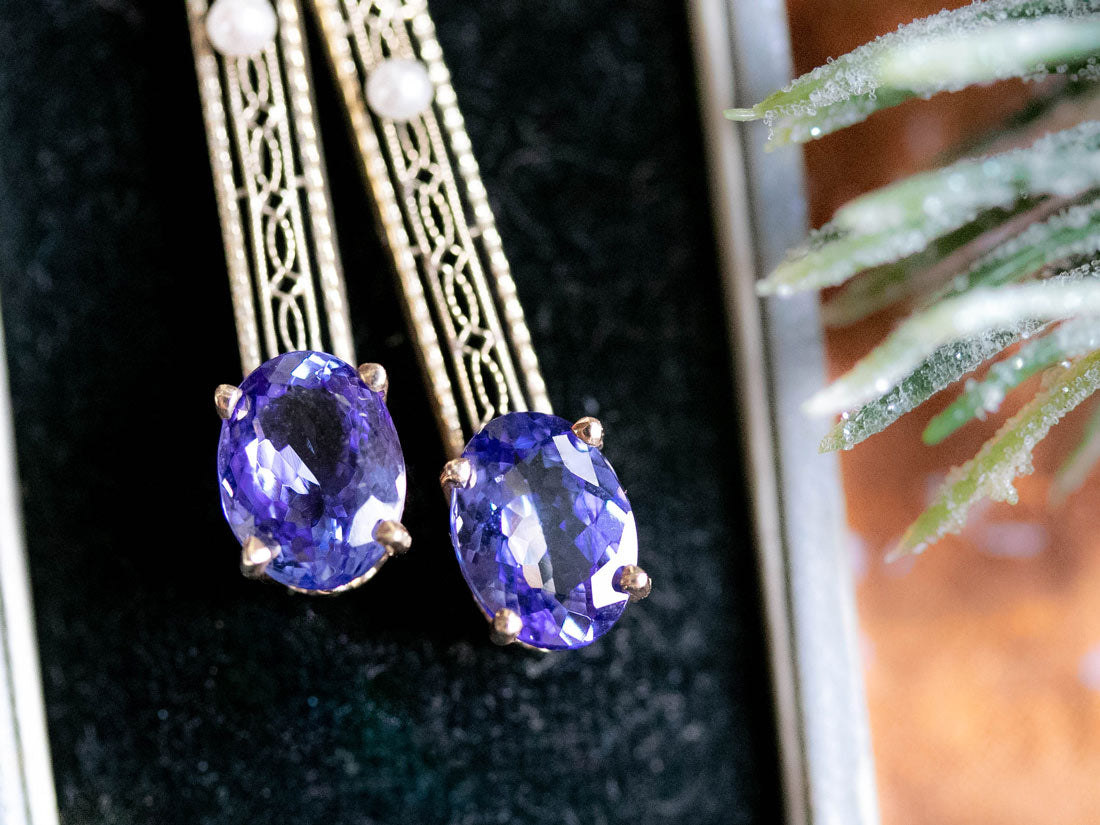the largest estate jeweler in New England | 6 locations | 5 Days a week live shopping on instagram
the largest estate jeweler in New England | 6 locations | 5 Days a week live shopping on instagram
the largest estate jeweler in New England | 6 locations | 5 Days a week live shopping on instagram
the largest estate jeweler in New England | 6 locations | 5 Days a week live shopping on instagram
Add description, images, menus and links to your mega menu
A column with no settings can be used as a spacer
Link to your collections, sales and even external links
Add up to five columns
Add description, images, menus and links to your mega menu
A column with no settings can be used as a spacer
Link to your collections, sales and even external links
Add up to five columns
December 19, 2019 3 min read
Diamonds get all the attention in the jewelry world, but gemologists know that the true stars are the colored gemstones. They're rarer, more vibrant, and arguably more beautiful than their well-marketed diamond counterparts. Included in this category of special gems is tanzanite, a relatively new discovery and mined in only one location in the entire world. This ingenue gem is still building its heritage in the face of such heavyweights as sapphire, ruby, and emerald, but it's holding its own thanks to its exceptional color and clarity. Read on to learn all about the properties, history, and lore of tanzanite.

Tanzanite is the blue-violet variety of the mineral zoisite. Zoisite in its pink form produces the variety thulite, and is also used in jewelry in its green form when it contains contrasting spots of ruby (known as ruby zoisite). Tanzanite is pleochroic, being able to display three different colors when viewed from different angles. Because of this, the hue of a particular specimen is largely determined by the gem cutter. Deeper, vibrant hues of tanzanite tend to be more valuable, while paler pastel hues are more easily found and therefore affordable. Quality tanzanite will have exceptional clarity, even in larger cuts.

Tanzanite ranges in color from violet blue to violet purple. In its natural form, tanzanite can also be yellowish green or brown, but these specimens are often heat treated to reduce those hues and enhance violet tones. Heat treatment means the exposure of gems to high temperatures to change or enhance their color or clarity. In the case of tanzanite, only relatively low temperatures are required to enhance its color. Heat treatments are considered stable and permanent in most conditions.
Tanzanite has a Mohs hardness of 6 to 7. Although not as durable as a sapphire, tanzanite can still be safely worn in rings with a moderate amount of care. As with most gemstones, hard blows and extreme conditions can damage your tanzanite.
The only commercial tanzanite mines in the world are in the Merelani hills of northern Tanzania. Tanzanite is believed to have been discovered by Masai tribesman Ali Juuyawatu in 1967. As the story goes, Juuyawatu stumbled upon the vibrantly hued blue-violet crystals and alerted a local prospector named Manuel d’Souza, who initially believed the gem to be sapphire. Land claims took off in the area, with people scrambling to take a stake in this newly discovered gem. However, it was Tiffany & Company who took over as main distributor and coined the name “tanzanite”, debuting it to the world with a splashy marketing campaign. One 1969 ad read "Nature yields a new gem to the world. The loveliest blue gemstone discovered in over 2,000 years."

Tanzanite remains popular to this day thanks to its unique beauty and exclusivity, however, despite its rarity, it is considered less valuable than sapphire. This is likely because it is still relatively new on the market, lacking the pedigree and heritage of sapphire, which has been revered for thousands of years. Therefore, high quality tanzanite could be a great investment opportunity, as it is likely to only grow rarer over the years!
The Maasai consider the color blue to be sacred, and believe tanzanite was sent to them by the gods. After the gem’s discovery, a new tradition was started whereby a gift of tanzanite is given to new mothers to bring their child good fortune. Others believe tanzanite can aid in clairvoyance, creativity, and peace, offering a connection between the physical and spiritual realms. More commonly, tanzanite is considered one of December's birthstones, along with fellow blue gems zircon, topaz, and turquoise.
If you'd like to build your tanzanite collection, or buy your very first piece, check out our selection of tanzanite set into antique and vintage estate jewelry!

September 17, 2021 2 min read
July 26, 2021 4 min read
June 29, 2021 9 min read
Get 10% off your next purchase!

Get 10% off when you sign up for our newsletter!